Few Key Factors Influencing Cost
- Location: Your geographical location will impact labour rates and material costs.
- Type of Business: A retail store may require more intricate design elements compared to an industrial warehouse.
- Total Area: The larger the area being fitted out, the higher the total cost will likely be due to increased materials and labour hours needed.
We’ll dive deeper into these factors throughout this article but remember: no two projects are alike when dealing with commercial fit outs. So while general guidelines help give you ballpark figures, they should not replace getting personalised quotes from professionals like us here at Total Fitouts Australia.
To ensure transparency in our dealings with clients, we offer detailed cost breakdowns, letting you see exactly where every dollar goes. We believe this is crucial to building trust and ensuring a successful fit out process.
Comprehending the expenses of a commercial fit-out isn’t merely about performing calculations; it’s about grasping the worth of forming an atmosphere that enables your venture to prosper. At the core, it is essential to create an environment that allows your business to flourish.
Types of Commercial Fit Outs and Their Costs
When it comes to commercial fit outs, one size doesn’t fit all. Businesses need different types of setups depending on their specific needs and goals. So let’s dive into the world of commercial fit outs in Australia.
Warm and Cold Fit OUts
A commercial fit out generally falls into two different types of categories. You can start with a building that has virtually no structure in place, such as walls or partitioning. This is called a cold fit out. Generally speaking, a cold fit out will have more opportunities for customization, especially if you are set on a highly custom floor plan.
A warm fit out takes a building that already has many of the structural elements that you need in place, ranging from walls to HVAC, and put the finishing touches on it, making it a good fit for your brand.
If you are a restaurant, looking for a particular type of look and partitioning, you’re better off with a cold fit out, as you are taking over a shell and adding everything your business needs to thrive and succeed.
Finding The Right Fit
Each business has its own distinct qualities, meaning what clicks for one might not necessarily do the same for another. The real challenge lies in discovering the strategies that perfectly align with your brand’s essence.
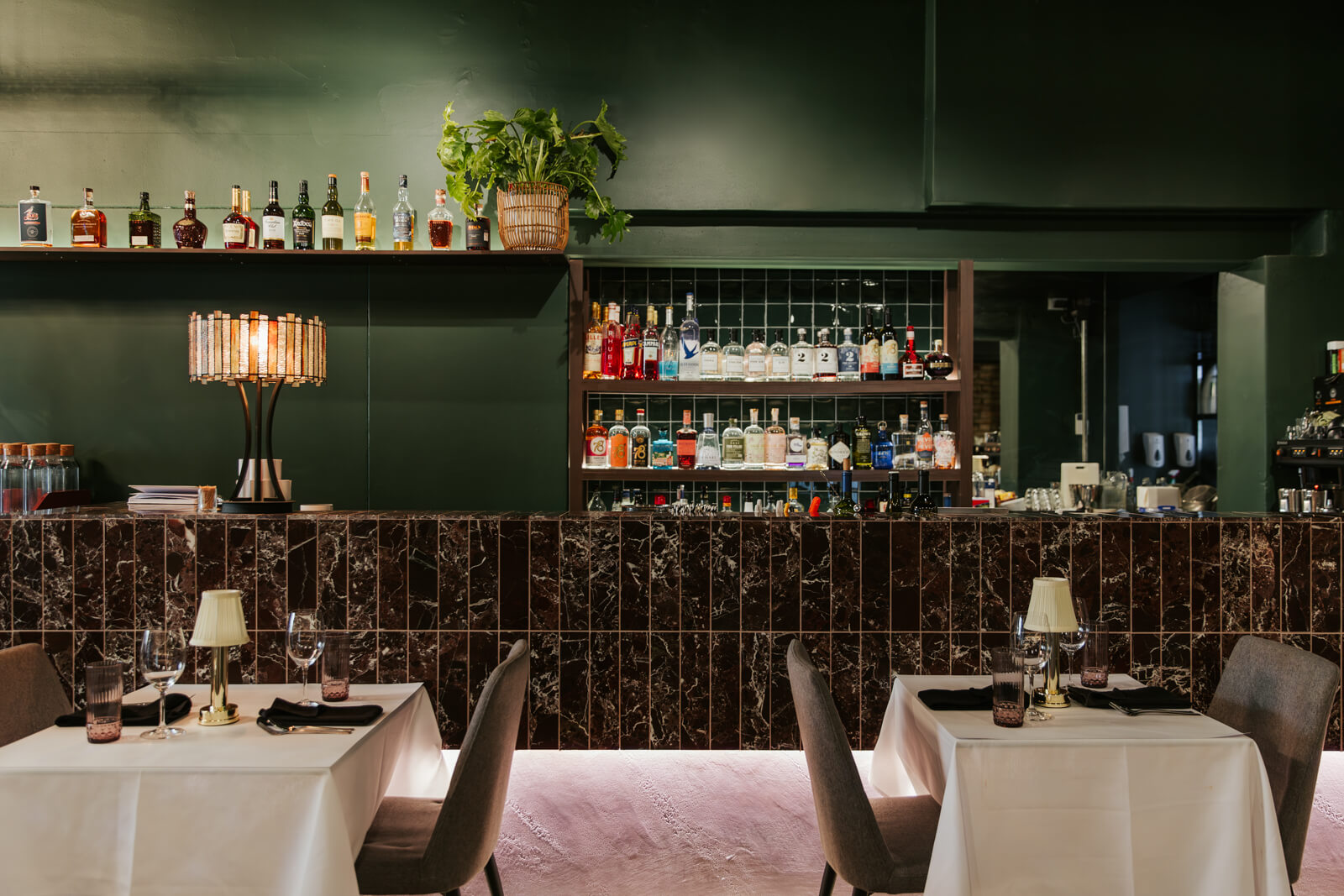

Impact of Size and Scale on Fit Out Costs
But bigger isn’t always better – or cheaper. Increasing the space size will require a greater amount of materials to complete the fit out.
In our experience at Total Fitouts Australia, we’ve seen how costs can rise with every additional square metre added to a project’s blueprint. More than just material costs are affected: labour expenses also grow as tasks multiply due to an increase in area.
Larger Spaces Require More Materials:
- The cost of flooring increases proportionally with floor area – carpeting 1000 sq ft will obviously be pricier than covering 500 sq ft.
- Bigger rooms might need more lighting fixtures for adequate illumination, increasing your electrical expenses.
- A larger space may call for extra HVAC units which add up both installation and ongoing energy costs.
If you’re considering leasing or buying large commercial spaces, remember that ‘bigger’ often means ‘more expensive’ when calculating fit out budgets.
On the flip side though, smaller doesn’t automatically mean cheaper either.
Finding Balance Between Size and Budget
What size is best for my business? “What is an ideal size for my business?” It’s like asking “How long is a piece of string?” There’s no one-size-fits-all answer because each business has unique needs.
However there are ways you can make smart choices about your space requirements without breaking the bank.
- Determine what kind of space your business needs – open-plan offices, individual cubicles, or a mix of both?
- Consider future growth. Will you need more room in the next 5 years? It might be cost-effective to fit out a larger space now than relocate and refit later.
- Optimise use of vertical spaces. High ceilings can accommodate storage lofts or mezzanine floors for extra workspace without expanding the floor area.
In conclusion, size does matter when it comes to commercial fit outs – but so does smart planning.
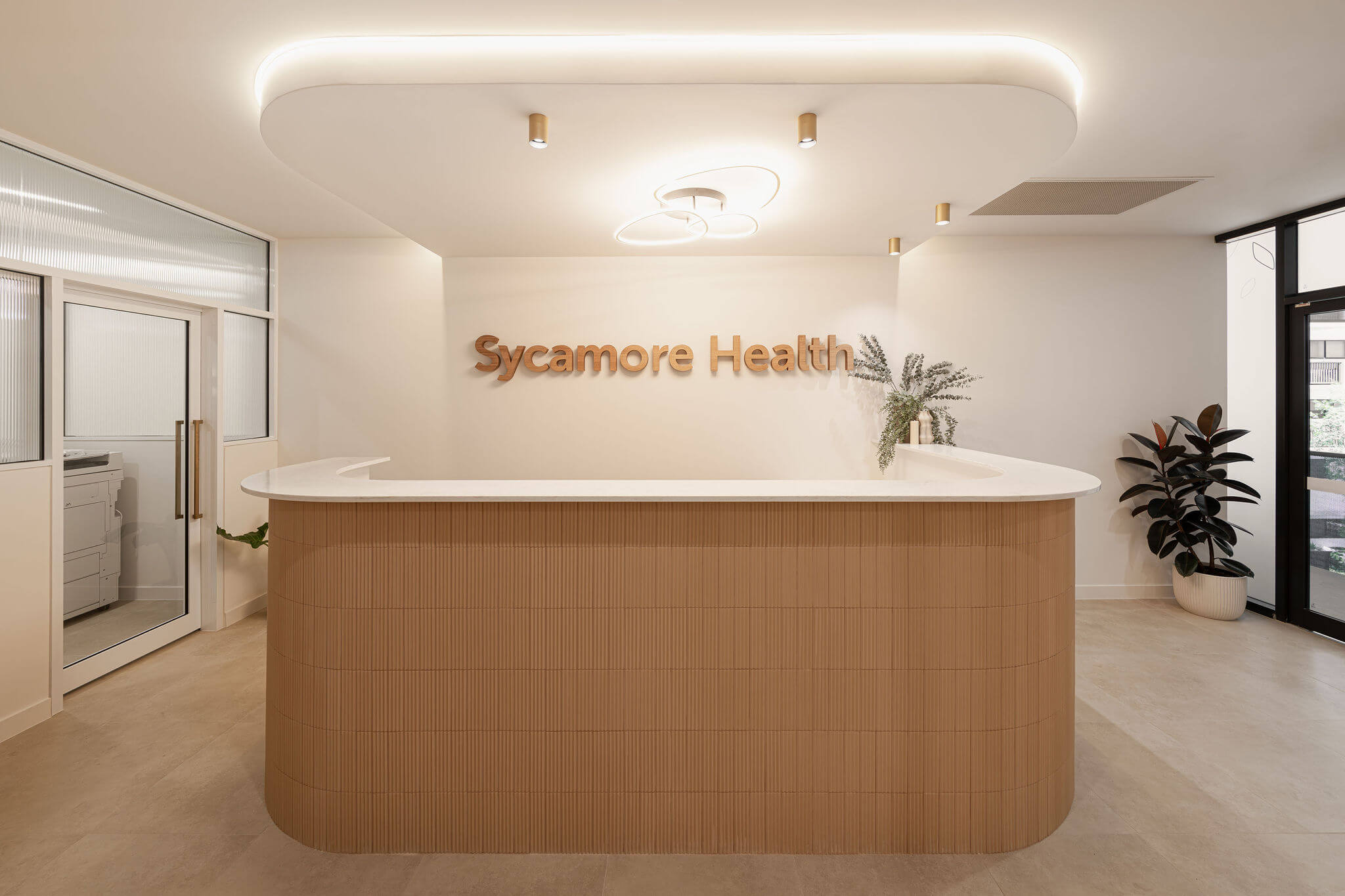
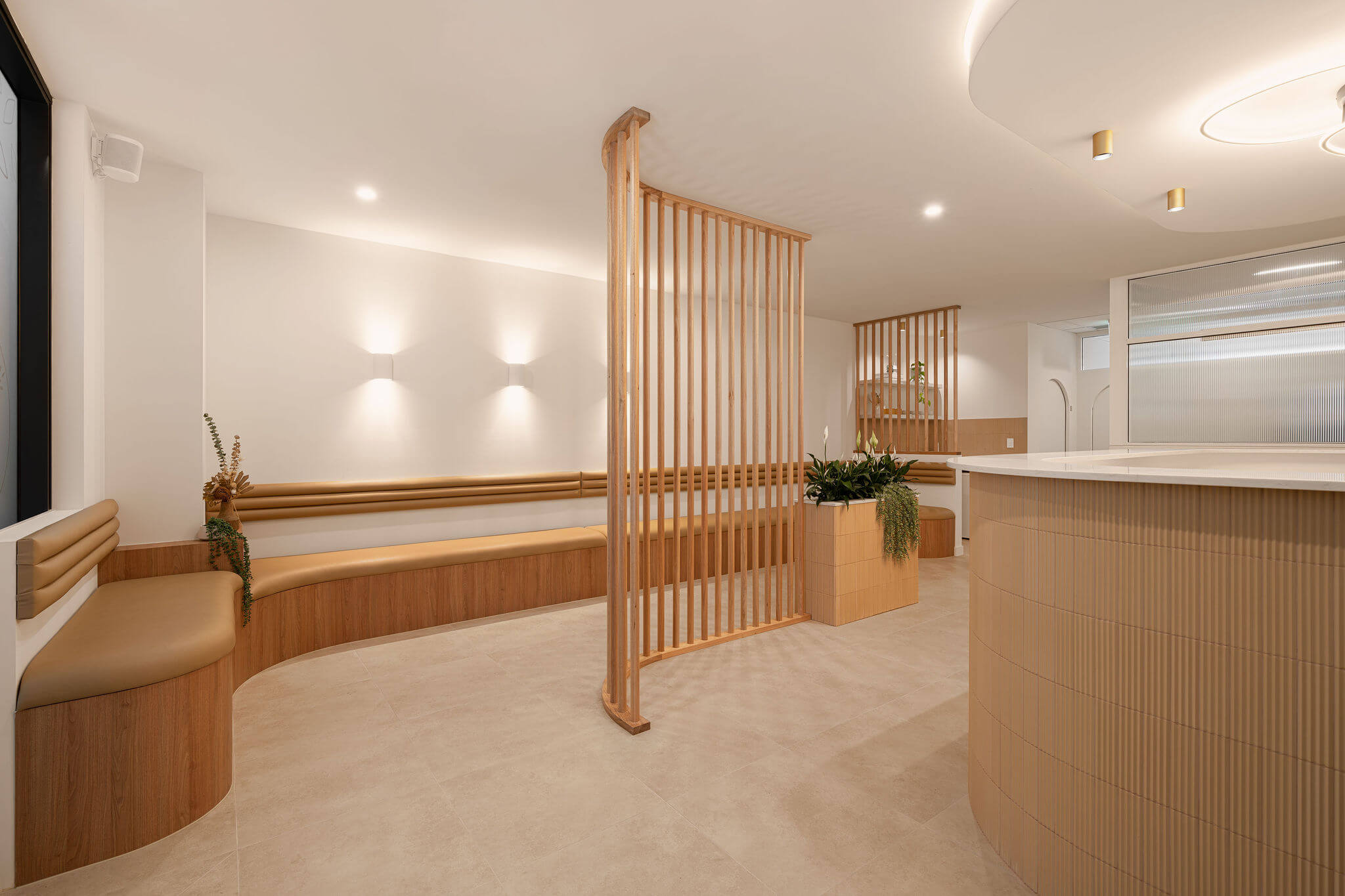
The Role of Design Complexity in Fit Out Costs
When you think about the cost of a commercial fit out, design complexity plays a big role. Just like how a more intricate cake will cost you more than a simple one, an elaborate office layout can rack up your budget.
A minimalist style with open spaces and clean lines is often less costly. But don’t get it twisted; this doesn’t mean boring or uninspired. A well-executed minimalist design can make quite the statement while saving your wallet.
Detailed Designs Come at A Price
If you’re after bespoke fixtures or detailed architectural elements, prepare to pay more. These custom features need skilled labour and specific materials which increase costs. It’s similar to buying tailored clothing versus off-the-rack – personalization comes with added expense.
The Hidden Cost Of Changes
You might not realise it but making changes during the fit-out process also adds to the complexity and therefore, price tag. Every alteration needs additional time for planning and execution – just like changing course mid-journey requires recalculating routes.
Balancing Act: Design vs Budget
Finding that sweet spot between dazzling design ideas and staying within budget isn’t always easy. You’ll need some careful thought here – much like walking on tightrope without tipping over.
- An experienced commercial fit outs team helps balance these factors effectively by providing guidance based on their firsthand experience in handling diverse projects across Australia.
Remember, design complexity can add value to your space if done wisely. Ensure you’re aware of the potential outcomes when selecting your fit-out style.

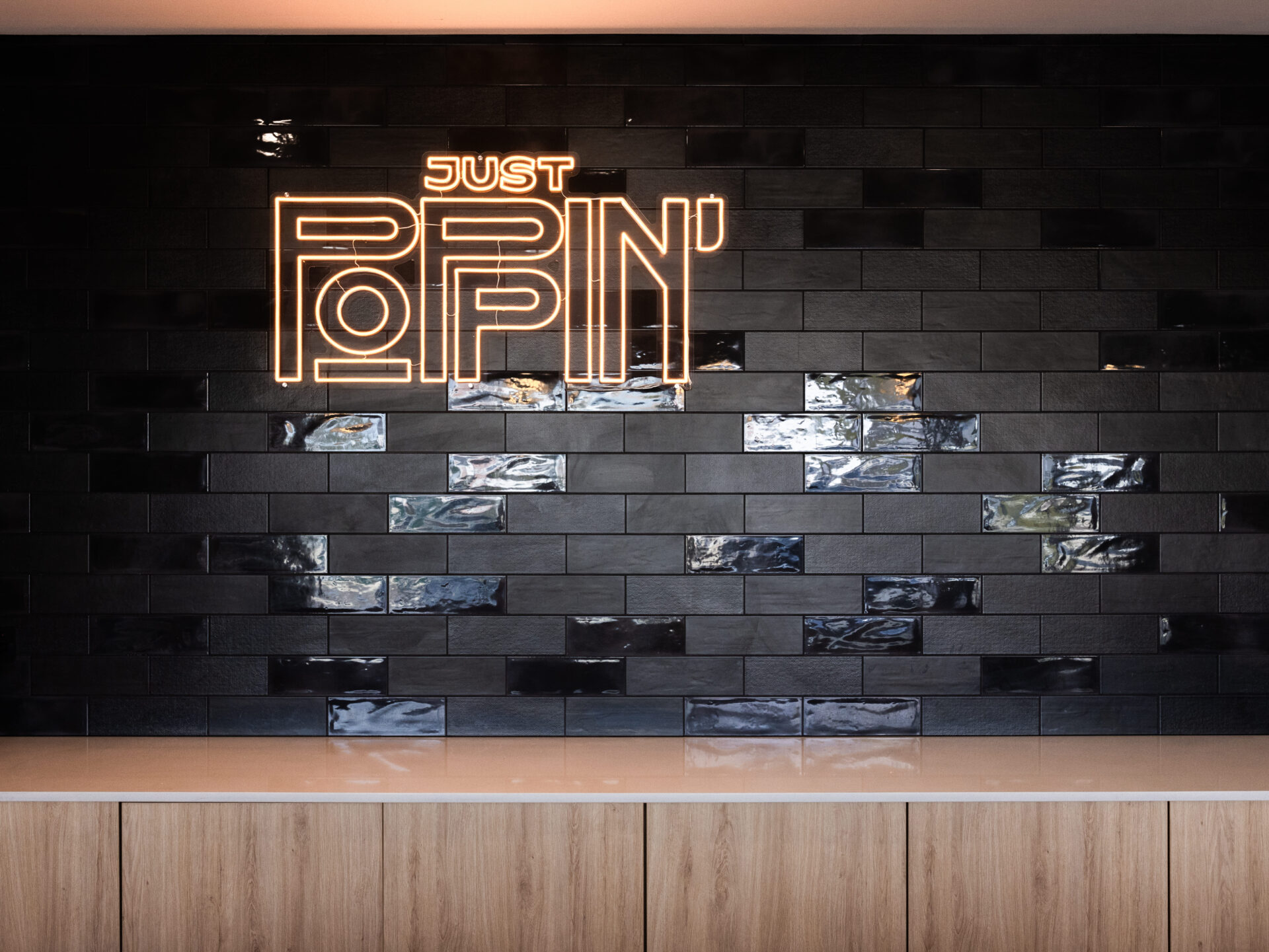
Influence of Material Choices on Fit Out Costs
Material selection is a crucial part of any commercial fit out. The cost of a fit out can differ significantly based on the quality and sort of materials used.
For instance, hardwood flooring may be more expensive upfront than carpeting or vinyl. Hardwood flooring may cost more initially than carpet or vinyl, but it could be a better investment in the long run. Similarly, high-end finishes like granite countertops are pricier than laminate ones but offer better durability and aesthetic appeal.
The decision isn’t just about cost though; it’s also about creating an environment that reflects your brand identity. A tech startup might prefer sleek glass partitions while a rustic cafe might opt for reclaimed wood accents – each choice carries its own price tag.
Navigating Material Cost Variations
Bear in mind that prices for construction materials can fluctuate due to factors such as market demand and global trade policies. It pays to keep an eye on these trends if you’re planning a fit out.
A report from the Australian Bureau of Statistics reveals how volatile material costs can be over time. So make sure you budget with some wiggle room. Structural building materials, such as plasterboard, stabilised towards the end of 2023 after decreasing steadily each quarter since the start of the pandemic.
Making Smart Choices: Quality vs Price
Sometimes investing more upfront saves cash down the line because higher-quality materials often have greater longevity and require less maintenance. The old saying “you get what you pay for” holds true when choosing fit-out materials too. Just remember not every pricey option delivers value, so do your research before splashing out big bucks.
Eco-friendly Material Choices
There’s a growing trend toward using sustainable materials in commercial fit outs. This can sometimes cost more upfront but may result in long-term savings on energy costs and appeal to eco-conscious customers.
A report published in the Green Building Council of Australia looks into the advantages of utilising eco-friendly construction techniques, including potential monetary benefits from energy efficiency. In fact, building owners, tenants, and users benefit from the use of eco-friendly building and fit out materials.
In short, your material choices will greatly influence your fit out costs. It’s about balancing aesthetics, durability, and budget to get the best value for money.
Labour Costs in Commercial Fit Outs
Labour costs can make up a significant portion of the total cost for commercial fit outs. But why is this? Let’s take a closer look.
The Influence of Skilled Labour on Cost
In Australia, high-quality workmanship comes at a price. The higher the level of expertise and experience, the greater their cost is likely to be. These professionals bring expertise that ensures your project is done right – they’re like master chefs cooking up your dream space.
You don’t want an amateur handling something as critical as electrical wiring or plumbing installation, do you? Of course not. It’s similar to asking someone who has only ever made toast to prepare a gourmet meal – it’s just not going to turn out well.
Understanding Hourly Rates vs Fixed Price Contracts
Labour costs can be charged either by hourly rates or fixed-price contracts. Understanding these two pricing structures is key because each one carries its own pros and cons when considering budgetary constraints and project timelines.
An hourly rate might initially seem less expensive but remember, if tasks run over time due to unforeseen issues, those hours quickly add up.
The Role of Overtime Charges in Labour Costs
Overtime charges also play into labour costs during commercial fit-outs. If your project needs speedier completion or runs into delays causing workers to stay late, expect overtime charges on top of regular pay—like paying extra for overnight shipping when you need that special gift ASAP.
Sourcing locally can also impact labour costs. Although outsourcing may appear cheaper, you could face hidden fees and communication barriers. Like buying a low-cost toy only to find it breaks easily – sometimes saving money upfront can lead to more expenses down the line.
To get a handle on these labour costs for your fit out, consider consulting with Total Fitouts Australia. They’re experts in this field and are ready to help navigate through these complexities like an experienced captain steering their ship through stormy seas.
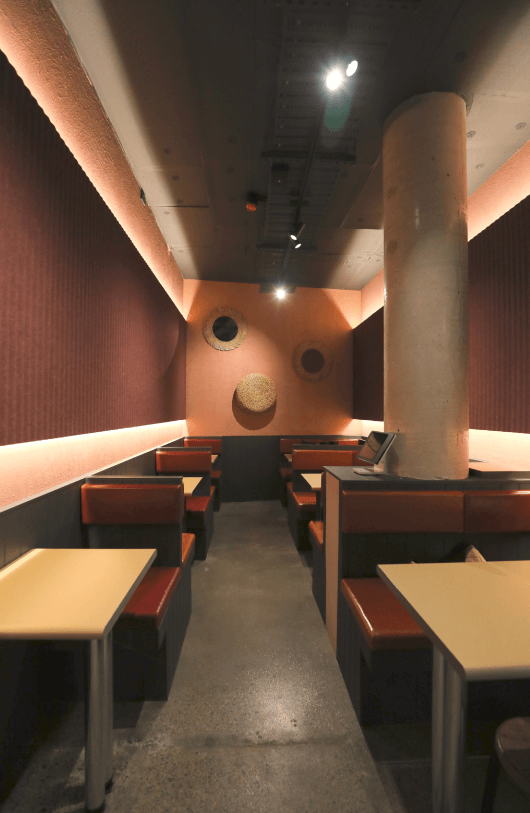
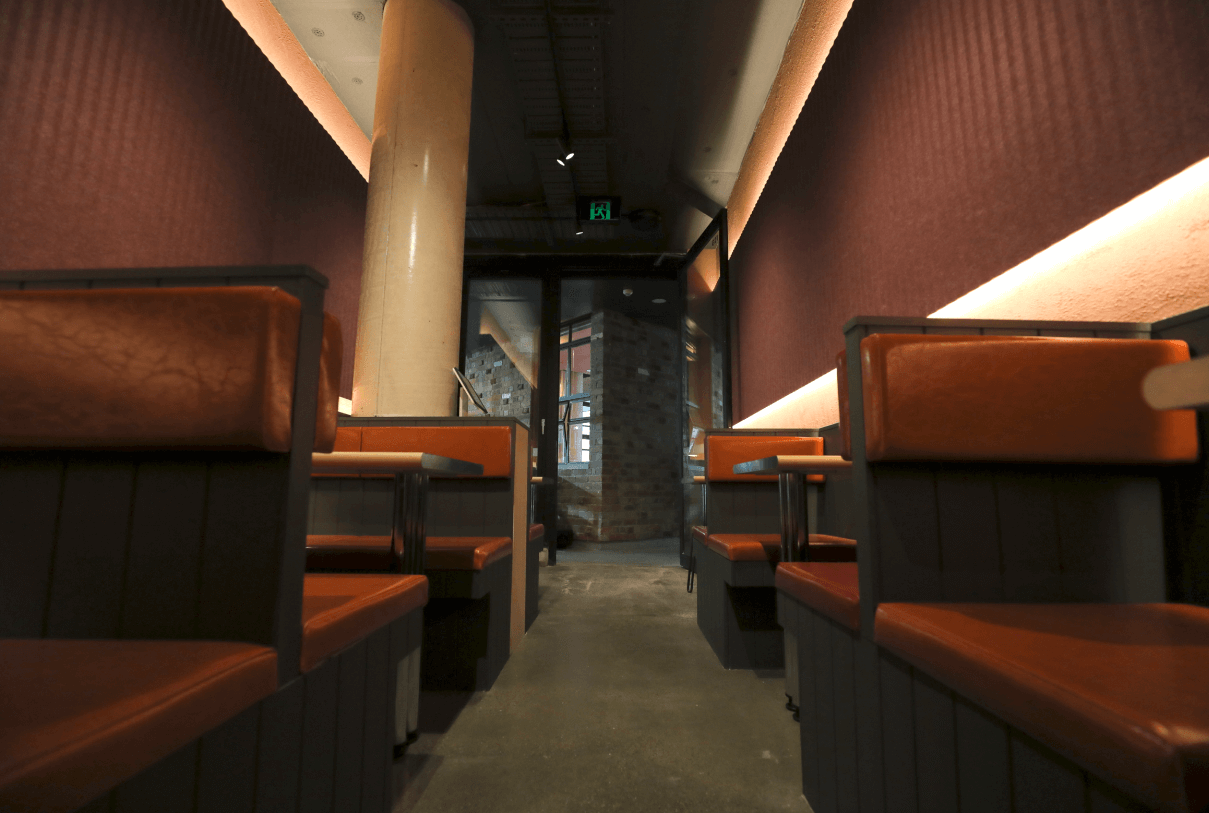
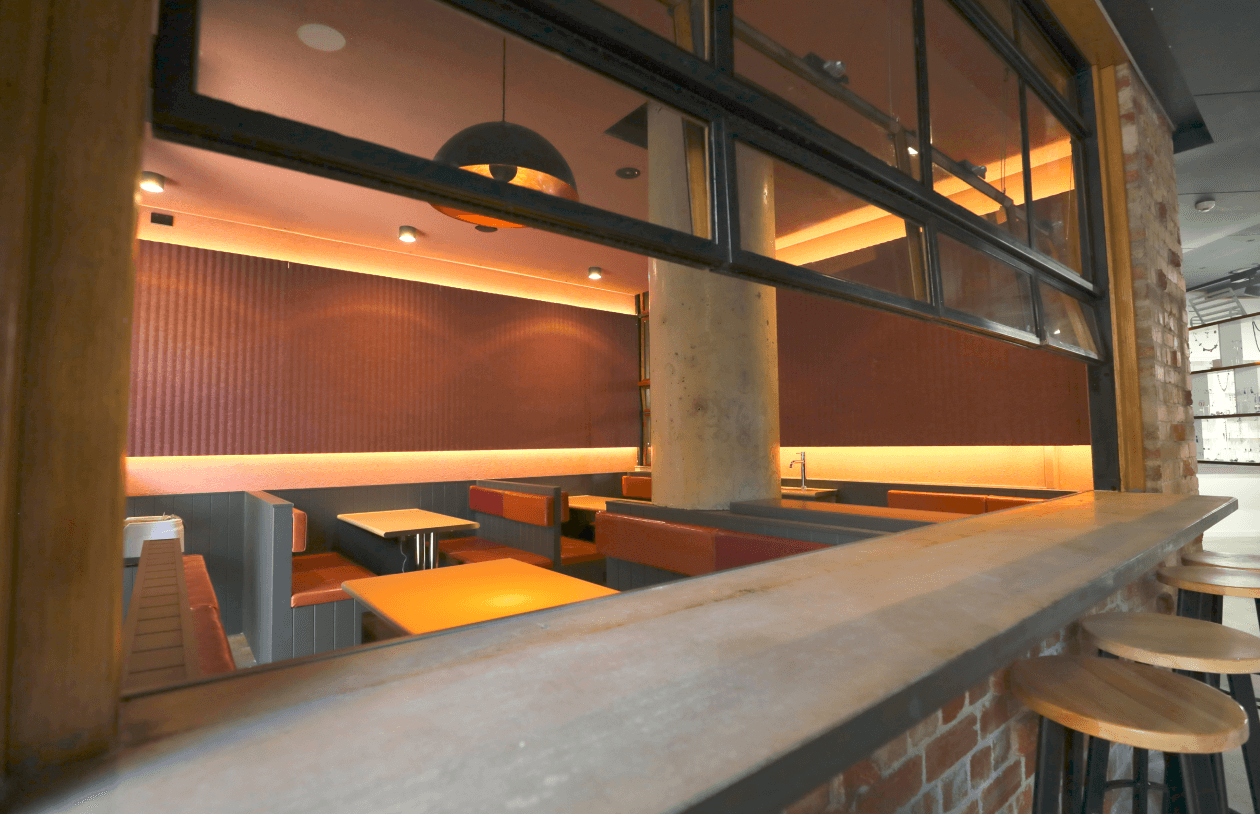
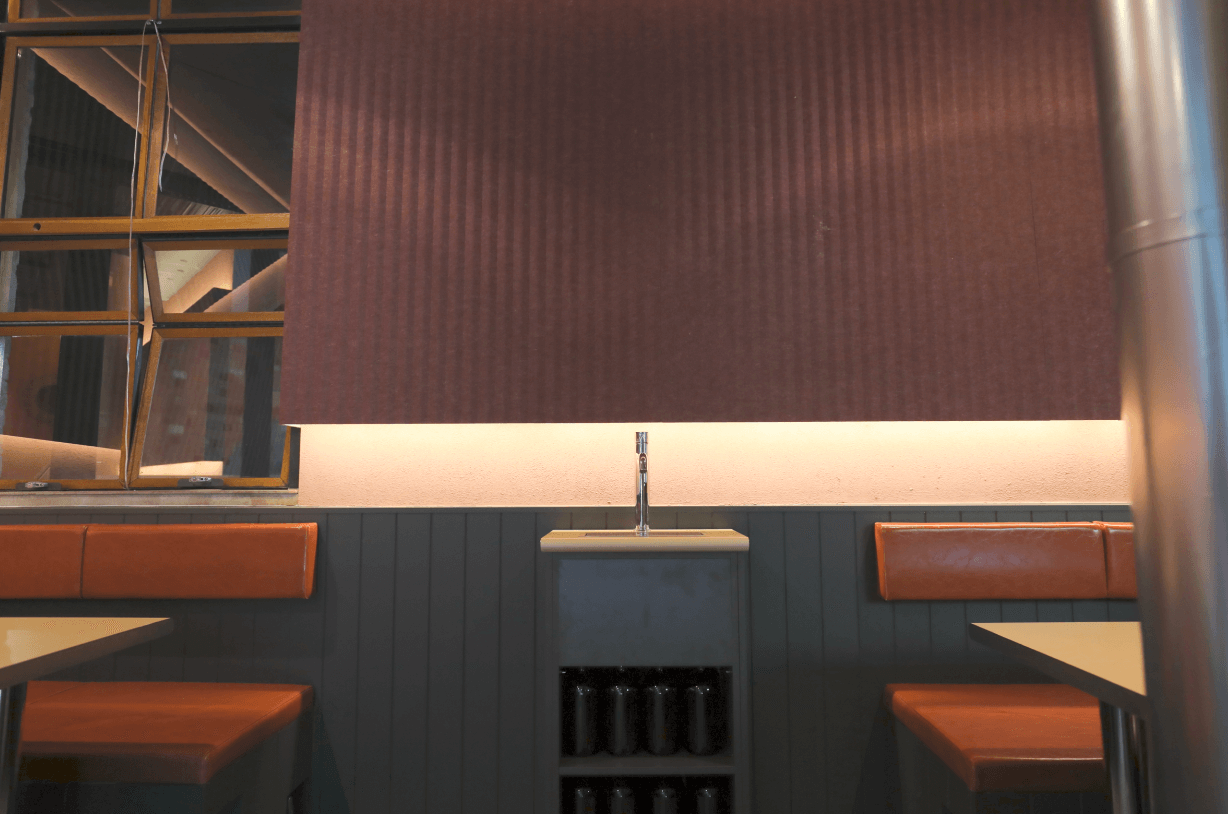
The Effect of Timeframe on Commercial Fit Out Costs
A project’s timeframe can greatly impact the overall cost. But why is that so?
Firstly, let’s consider labour costs. Doing the job quickly often necessitates paying for extra hours or bringing in additional personnel to get things done promptly.
Rushing Leads to Higher Expenses
A hurried schedule doesn’t just lead to higher labour costs—it also forces you into expedited orders for materials and equipment. Rushed construction projects often come with inflated prices due to the need for fast delivery.
Besides this financial aspect, rushing might even compromise quality because less attention could be given per task.
Longer Timelines May Not Always Mean Lower Costs
But don’t think stretching out your timeline indefinitely will solve all problems either. An extended schedule means prolonged site rental fees and potentially greater management overheads over time. It’s like ordering food—you pay extra if you want it delivered pronto but letting your pizza go cold while you’re busy elsewhere isn’t exactly ideal either.
Finding The Sweet Spot in Project Timing
Nailing down the right balance between speed and cost-effectiveness requires careful planning project scheduling. By aligning every step of your commercial fit-out process, you can avoid unnecessary expenses due to rushed or dragged-out timelines.
Remember: A well-planned project isn’t just about saving money; it’s also a key factor in delivering quality work that stands the test of time.
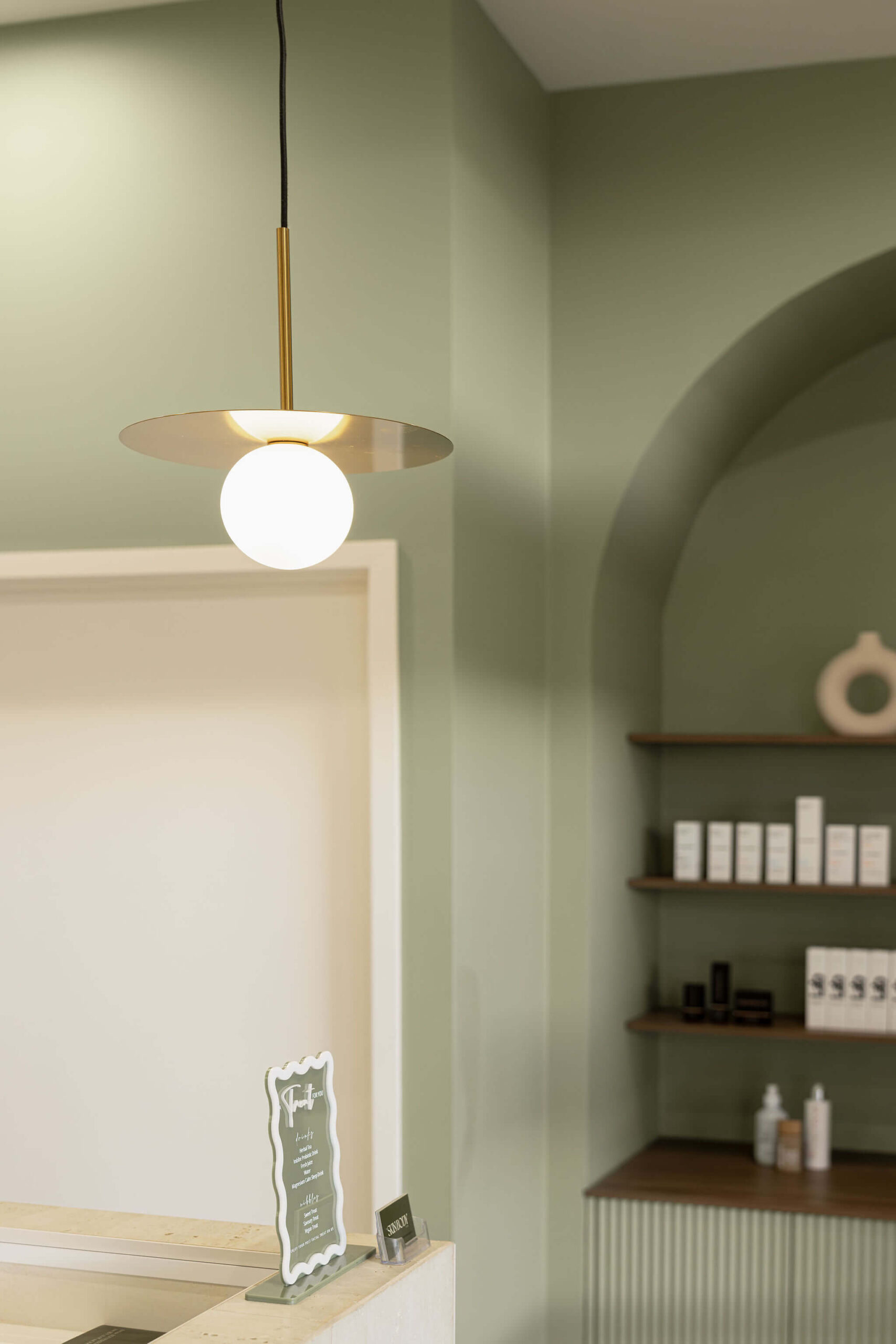
Cost Management Strategies for Commercial Fit Outs
Navigating the financial aspect of commercial fit outs can be tricky, but there are strategies you can use to keep costs under control. Here’s a rundown of some key tactics.
Planning is Paramount
The first step in managing your budget is proper planning. This includes defining your needs and wants clearly before starting the project. A well-detailed plan will help prevent unexpected expenses down the line.
Hire Professionals Wisely
Selecting experienced professionals for your fit out might seem like an extra cost, but it pays off in terms of efficiency and quality workmanship which eventually saves money. Total Fitouts Australia, for instance, brings extensive experience to every project they handle.
Balancing Quality with Affordability
It’s important not to skimp on materials or craftsmanship because these aspects impact durability and maintenance costs later on. However, balancing this with affordability means researching different suppliers and options without compromising quality too much.
Taking Advantage of Economies of Scale
If you’re fitting out multiple spaces at once, try negotiating bulk discounts from suppliers or contractors. This strategy could lead to substantial savings across the entire project.
Maintaining a Contingency Fund
No matter how carefully you plan, unforeseen circumstances may arise that increase costs; having a contingency fund helps cushion such blows without causing major disruptions to your finances or timelines.
Remember: smart decisions made early in the process have ripple effects throughout a commercial fit-out project – saving both time and money.


TOTAL FITOUTS CAN BRING YOUR PROJECT TO LIFE
Whether you desire an urban-edgy, minimalist space or a large open-planned arena, a soundproofed, private boardroom or a multi-purpose mega office – Our local teams of talented fit out professionals can deliver concept to completion, and anything in between. Our offices go beyond aesthetics and branding, we believe functionality and comfort has a big role to play too.
Check out this client testimonial from Community Lifestyle Agency, fitout by Warren and the Total Fitouts Wide Bay team.
FAQs in Relation to Commercial Fit Out Cost
How much does a retail fit out cost?
Retail fit outs can range from $1000 to $3000 per square metre, but costs fluctuate based on design complexity and material quality.
How much does office fit out cost?
An office fit out will cost a lot up front, but over time, it can add value to your business. The average life of a structure in Australia is estimated to be as long as 65 years. A commercial fit out can help bring new life to a building that is already starting to show its years.
How much does office fit out cost per square metre?
The typical price for an Australian office outfit runs around $1000 to $3000 per square metre. However, it depends greatly on your chosen layout and materials.
What is a fit out budget?
A “fit-out budget” is what you’ve earmarked to transform a raw commercial space into one that fits your business needs perfectly. It covers design expenses through construction labour fees.
Conclusion
Getting a grip on commercial fit out costs isn’t as daunting as it seems. By this point, you should be aware of the primary elements that influence costs.
The type of fit out can make or break your budget. Remember that minimalist designs are generally cheaper than intricate ones.
Size and scale matter too – bigger spaces need more materials and labour, increasing costs. Speaking of materials, choices here also affect your bottom line significantly.
Labour is another hefty expense to keep in mind. And don’t forget about timeframes – rushed projects could leave you with overtime bills!
In conclusion: Knowledge is power! Use this insight to manage those pesky expenses better next time around.

